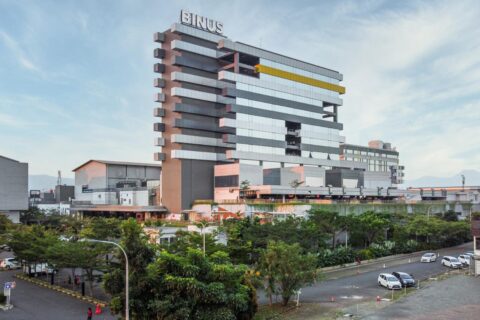Computer Science (@Bandung)
School of Computer Science
Program Description
Computer Science @Bandung mengajarkan tentang proses dan teknik pengembangan berbasis komputer dengan beberapa pilihan spesialisasi, antara lain: IoT (Internet of Things), sistem cerdas, pengembangan teknologi gim atau mobile, dan keamanan sistem.
S1 - Student Handbook - Bachelor of Computer Science CO Ba CS BDG Course Distribution - Ba Bandung Thesis Procedure - Bachelor of Computer Science Thesis Writing Guideline - Bachelor of Computer ScienceProspective Career
Software Engineer/Developer, System Analyst/Developer, Web Engineer/Developer, Computer Security Specialist, Artificial Intelligence Specialist, Data Scientist, IT Support/ Consultant, Researcher, Multimedia Programmer, Lecturer/Trainer
